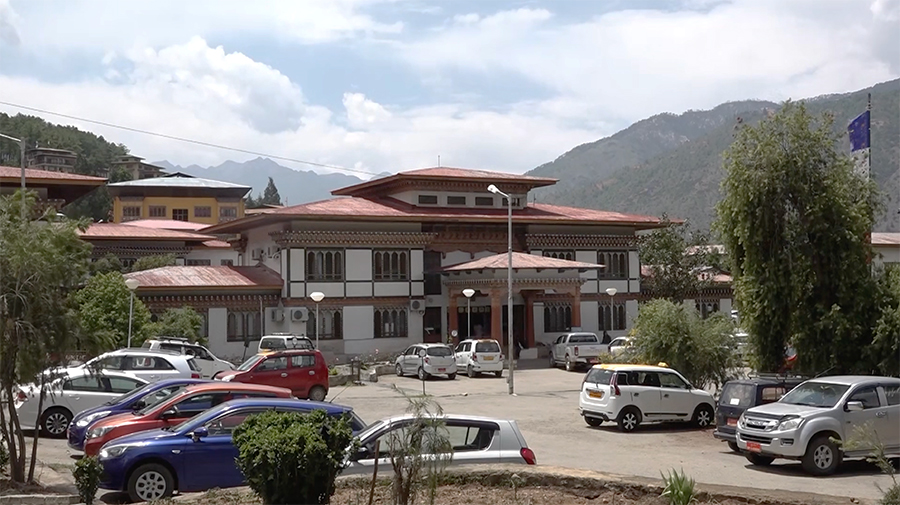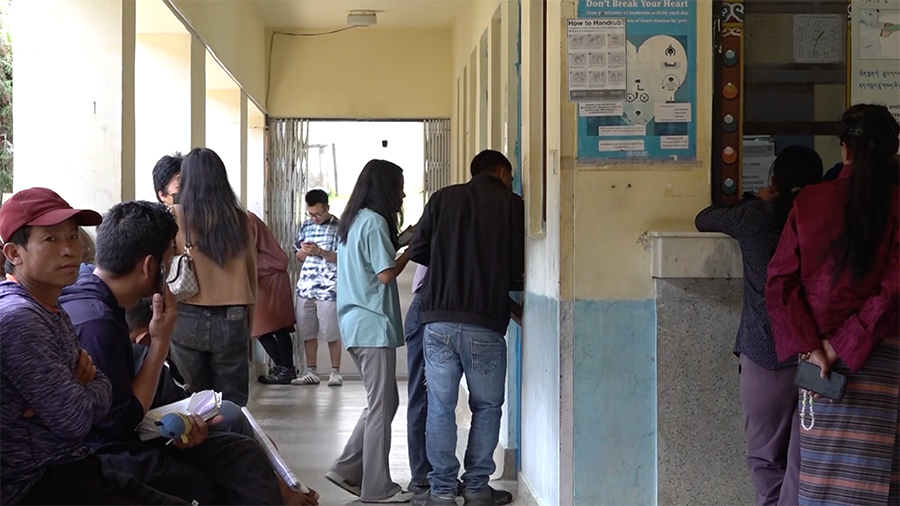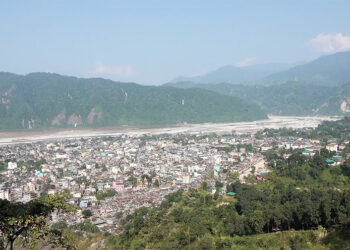 The Paro District Hospital is set for a major expansion in the current five-year plan. Responding to concerns raised by the Lamgong-Wangchang MP in the National Assembly today, the health minister confirmed that plans are underway to upgrade the hospital’s infrastructure to meet the growing demand. Each year, the hospital sees nearly 200,000 cases.
The Paro District Hospital is set for a major expansion in the current five-year plan. Responding to concerns raised by the Lamgong-Wangchang MP in the National Assembly today, the health minister confirmed that plans are underway to upgrade the hospital’s infrastructure to meet the growing demand. Each year, the hospital sees nearly 200,000 cases.
Paro hospital, inaugurated in 1980 as a ten-bed facility, was expanded to 40 beds in 2003 and has not seen much significant infrastructure development since.
“Paro has around 20 government schools, and similarly, there are many five-star hotels. The registered population in Paro is around 35,000, but the floating population is about 50,000. Currently, the hospital is providing services at the national level,” said Sonam Tashi, Lamgong-Wangcang MP, Paro.
He added that since the hospital serves people from all over Bhutan and even international visitors, upgrading it and deploying specialists would improve services and help reduce the load on the national referral hospital as well.
 The hospital handles over 128,000 new cases and approximately 72,000 follow-up visits every year. It is seven per cent of the over 3.3 million patient visits hospitals across the country record annually.
The hospital handles over 128,000 new cases and approximately 72,000 follow-up visits every year. It is seven per cent of the over 3.3 million patient visits hospitals across the country record annually.
Health Minister Tandin Wangchuk said the hospital is one of the ten cluster hospitals the government pledged to develop. The expansion budget will be allocated from the health ministry’s Nu 2bn capital budget.
“In the 13th Five-Year Plan, new infrastructure will be developed, along with the expansion of the outpatient department and enhancement of the inpatient department. Plans are also in place to expand laboratory diagnostics, surgical operating theatres, and dialysis services.”
He also said additional land has been acquired to expand the hospital.
“The hospital has an area of 6.8 acres, of which 6.3 acres are occupied by infrastructure. Around 57 decimals of the land is not usable due to slope. Therefore, we have consulted with the Paro District Administration and acquired an additional 40 decimals of land.”
Meanwhile, residents of Paro are eagerly awaiting the long-overdue upgrade.
“In terms of infrastructure, I think it is okay. But increasing the number of doctors would really help. I have been here since morning, and it’s already lunchtime—I still haven’t been able to see a doctor,” said Ugay, a resident of Paro.
“Having a bigger hospital would benefit us a lot. It would allow us to see the doctors sooner, which makes a big difference,” said Tshering Lhamo, another resident.
“There are a lot of people in Paro, so having a bigger hospital would definitely be beneficial. Not only that, having Paro as a second option when we cannot go to Thimphu is also a great idea,” said Jigme Wangchuk, also a resident.
The much-anticipated infrastructure development works for the hospital are expected to begin soon under the ministry’s Phase II plan, offering hope for improved healthcare services in the region.
Kinzang Lhadon & Karma Samten Wangda
Edited by Phub Gyem






